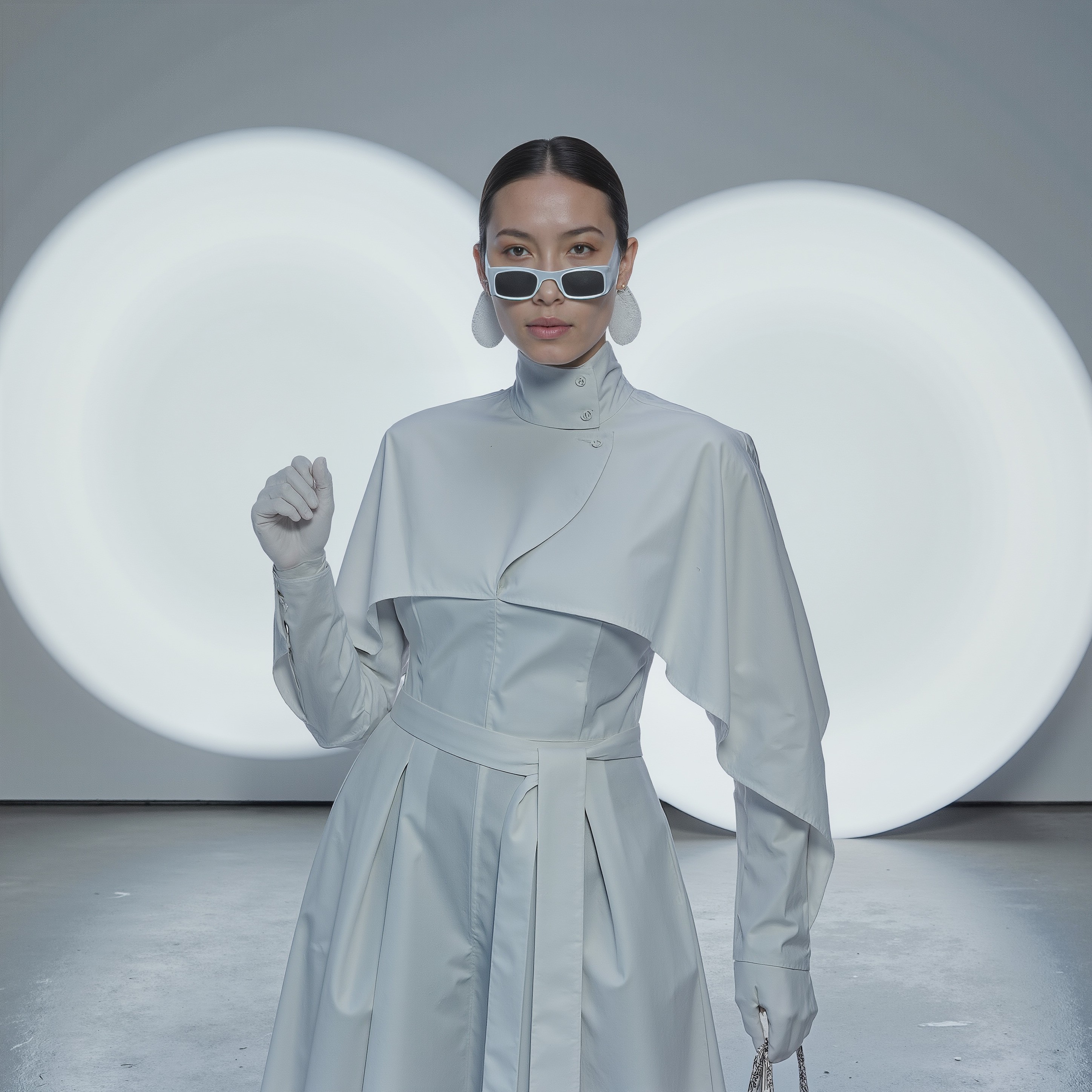Enhancing Brand Image with AI generated models in Advertising
Nov 13, 2024

As artificial intelligence revolutionizes various aspects of business, AI-generated models in advertising stand out as one of the most transformative advancements. From creating realistic imagery to personalizing customer interactions, AI-generated models offer brands an innovative way to connect with audiences and reinforce their brand image. For industries like fashion, beauty, and lifestyle, this technology can be especially impactful, delivering high-quality, cost-effective, and adaptable solutions. Let’s delve into how AI-generated models are enhancing brand image in advertising and why it’s a trend that’s here to stay.
The Rise of AI-Generated Models
AI-generated models have their roots in computer vision, machine learning, and generative adversarial networks (GANs), which allow machines to create hyper-realistic images that resemble real people. The AI model is trained using thousands of high-quality photographs to create realistic renderings with intricate details like skin textures, lighting variations, and diverse poses. In advertising, these AI models can be tailored to represent a brand’s ideal look, feel, and aesthetics, aligning directly with its brand identity and visual language.
With AI technology continuing to improve, models can be easily customized across multiple demographics, body types, skin tones, and even non-traditional styles or fantasy appearances. Brands can create a whole cast of unique digital personas that resonate with diverse audiences, reflecting a company’s values of inclusivity, diversity, and representation without needing large, complex photoshoots.
Benefits of AI-Generated Models for Brand Image
1. Enhanced Diversity and Inclusivity
Modern consumers value diversity, and inclusive advertising is essential for brands looking to build trust and authenticity. AI-generated models can represent any ethnicity, body type, or age group, giving brands the flexibility to appeal to a broad audience. This adaptability allows companies to build campaigns that feature a range of “models,” representing the brand’s commitment to inclusivity. Furthermore, AI-generated models can fill gaps where traditional advertising falls short, particularly when diversity is limited due to location, budget, or availability.
For instance, a skincare brand can use AI to create models with various skin conditions and tones, appealing to a wider audience. Similarly, an apparel company can showcase clothing on different body types, creating a more realistic and inclusive customer experience that ultimately enhances brand trust.
2. Cost Effective and Time-Efficient
Traditional advertising campaigns can be costly, requiring investments in location, models, photography, and post-production. AI-generated models significantly reduce these costs by eliminating many of the logistical challenges involved in traditional campaigns. Brands no longer have to budget for travel, set design, or the high fees associated with professional models and photographers. This efficiency allows brands to produce content more frequently, keeping up with the high pace of today’s digital marketing landscape.
The speed at which AI-generated models can be created also gives brands the flexibility to produce seasonal or trend-based content without the lengthy planning process associated with conventional campaigns. For example, a fashion brand can quickly generate AI models wearing the latest styles and adjust these visuals to align with evolving trends, keeping the brand image fresh and relevant.
3. Seamless Brand Customization and Control
AI allows brands to create and control models that are consistent with their aesthetic and brand values. Each model can be tailored to the brand’s specifications, from facial expressions to clothing styles. This is particularly valuable for lifestyle brands, where the “face” of the brand needs to convey a particular attitude, personality, or style. AI models can maintain that consistency across a variety of campaigns, ensuring uniformity in brand representation.
Brands can also generate images across different settings without logistical concerns, from bustling urban backgrounds to exotic beach locales. This versatility enables companies to target specific customer segments, providing a more tailored and immersive experience. For instance, a luxury fashion brand could create AI models that appear in sophisticated, high-end environments, reinforcing the brand's premium image.
4. Real-Time Personalization and Adaptability
One of the most powerful features of AI-generated models is the potential for real-time personalization. This technology allows brands to adapt their advertisements to the viewer, such as showing a product on a model with a similar appearance to the user. By leveraging AI-driven personalization, brands can increase engagement rates by making their advertising more relatable and targeted. This approach not only enhances the brand’s image by creating a more personal touch but also increases the likelihood of conversion.
Personalized advertising aligns with the increasing demand for unique, customer-centric experiences. For example, an AI tool could generate a model that resembles the target demographic’s style preferences, whether it’s urban chic, bohemian, or athleisure. With AI, brands can adapt their models in real-time to align with the user’s characteristics, ensuring each ad interaction feels personalized and genuine.
Potential Challenges and Ethical Considerations
While the benefits of AI-generated models are compelling, brands need to navigate certain challenges and ethical considerations carefully. For instance, transparency is crucial; consumers may feel misled if they find out that the models they see are not real people. Brands should aim for transparency about their use of AI models, especially when addressing sensitive subjects like body positivity or inclusivity.
Additionally, there are questions surrounding the authenticity of AI models and the potential impact on employment within the modeling industry. While these concerns are valid, AI-generated models should ideally serve as a complement to real models rather than a replacement, providing a blend of authenticity and innovation.
Future of AI Models in Advertising
As AI continues to evolve, so will its applications in advertising. The potential to integrate these models with augmented reality, virtual reality, and interactive experiences opens up exciting possibilities for brands. Imagine virtual fashion shows where consumers can interact with AI models or explore virtual stores where the models are dynamic, responsive, and tailored to each visitor. This level of interactivity would allow brands to immerse consumers in their world, further enhancing brand loyalty and appeal.
In conclusion, AI-generated models are redefining brand image in advertising, offering realistic imagery leading to more personalized customer experiences.



